|
Virginia Woolf
A Botanical Perspective Presented by the Botanic Garden of Smith College |
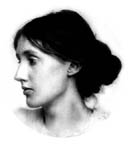 |
||||||||||||||||||
|
Monks House |
|||||||||||||||||||
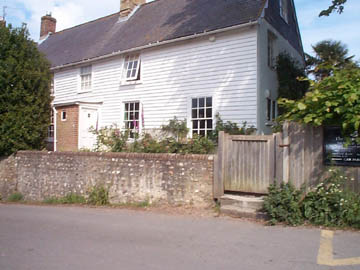 |
In July of 1919 Leonard and Virginia Woolf purchased Monks House in Rodmell, Sussex, as a country retreat from life in London. The garden won them over and they bought the primitive house without water, gas, or electricity. At Monks House they spent their weekends, holidays, and longer periods during the summer. They made it their permanent home in 1939. For Woolf, life in Sussex promoted both concentration and relaxation. It nurtured and refreshed her, providing a creative spark. The influence of Monks House and its garden, as well as the Sussex landscape can be seen in the descriptions in Woolf's last novel, Between the Acts. | ||||||||||||||||||
|
Monks House from the street. Photograph by Cynthia Burgess |
|||||||||||||||||||
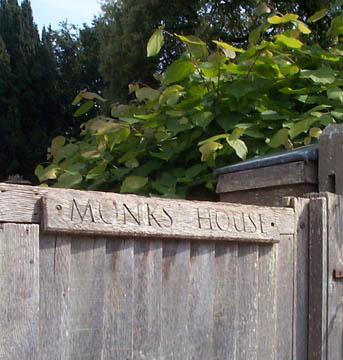 |
|||||||||||||||||||
| Virginia and Leonard Woolf's ashes were buried in the garden beneath two elm. Virginia's elm was blown down in 1943 and Leonard's died of Dutch elm disease in 1985. | |||||||||||||||||||
 |
|||||||||||||||||||
|
The garden. Photograph by Jane Clayton |
Monks House Garden Gate Photograph by Pamela A McMorrow |
||||||||||||||||||
 |
 |
||||||||||||||||||
|
1931. Leonard Woolf with their dog Pinka in the garden. Pinka was given to Leonard and Virginia Woolf by Vita Sackville-West in 1926. Frederic Spotts Collection, Mortimer Rare Book Room, Smith College. |
|||||||||||||||||||
|
1966. Leonard Woolf in the greenhouse. Frederic Spotts Collection, Mortimer Rare Book Room, Smith College. |
|||||||||||||||||||
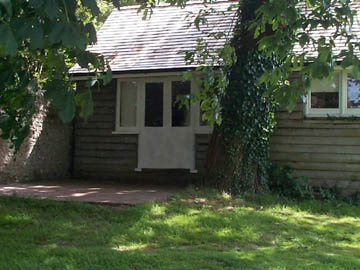 |
|||||||||||||||||||
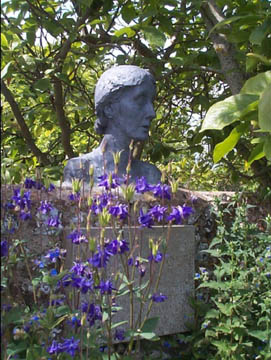 |
|||||||||||||||||||
|
Virginia's writing lodge. Photograph by Pamela A. McMorrow |
|||||||||||||||||||
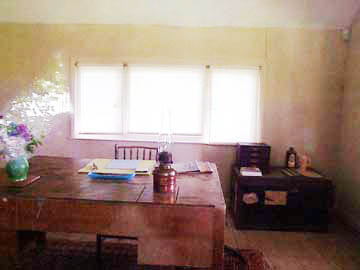 |
|||||||||||||||||||
|
Columbine surrounding the bust of Virginia Woolf, sculpted by Stephen Tomlin. Photograph by Pamela A. McMorrow |
|||||||||||||||||||
|
Virginia Woolf's desk and writing room. Photograph by Pamela A. McMorrow |
|||||||||||||||||||
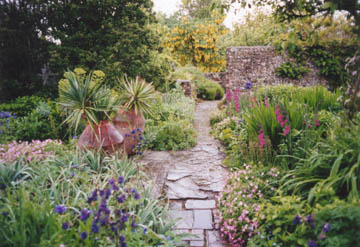 |
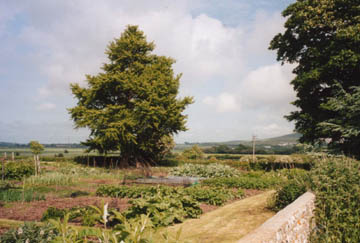 |
||||||||||||||||||
|
The garden. Photograph by Cyd Cross |
Leonard's vegetable garden. Photograph by Cyd Cross |
||||||||||||||||||